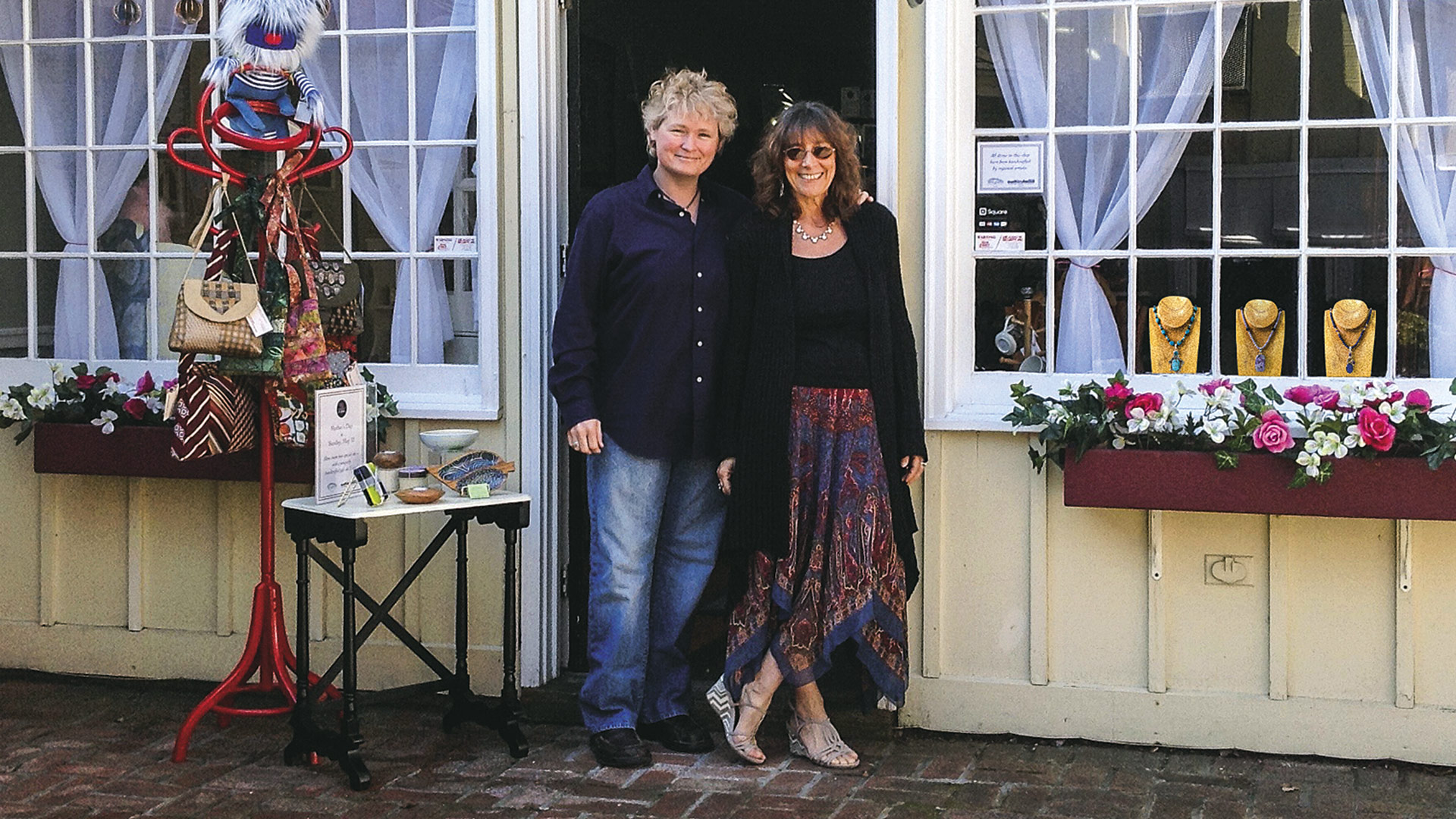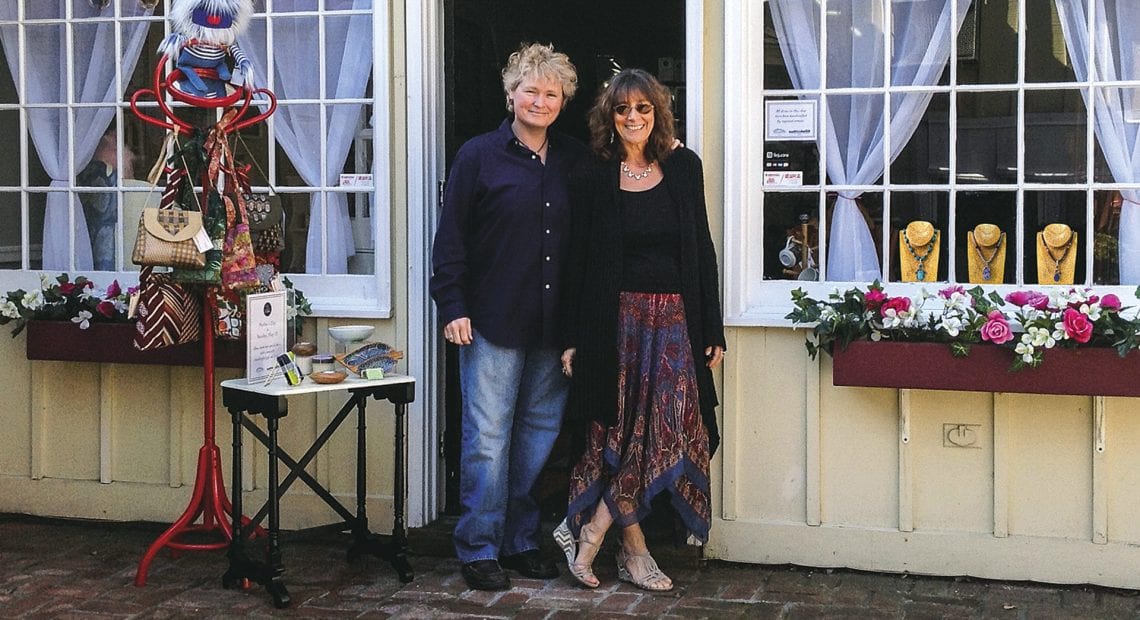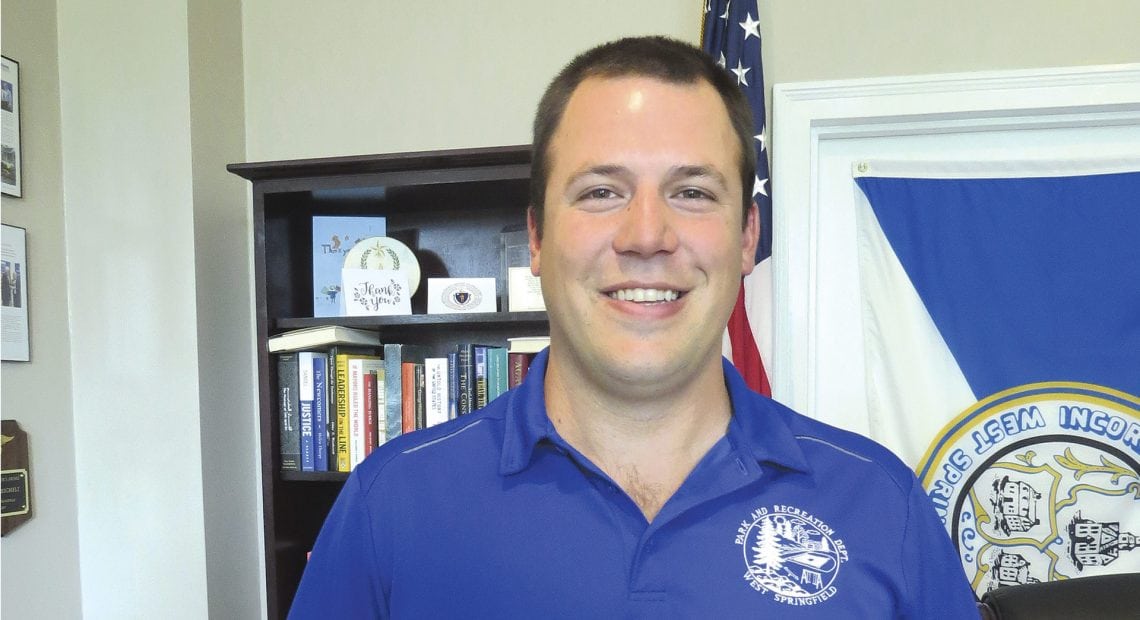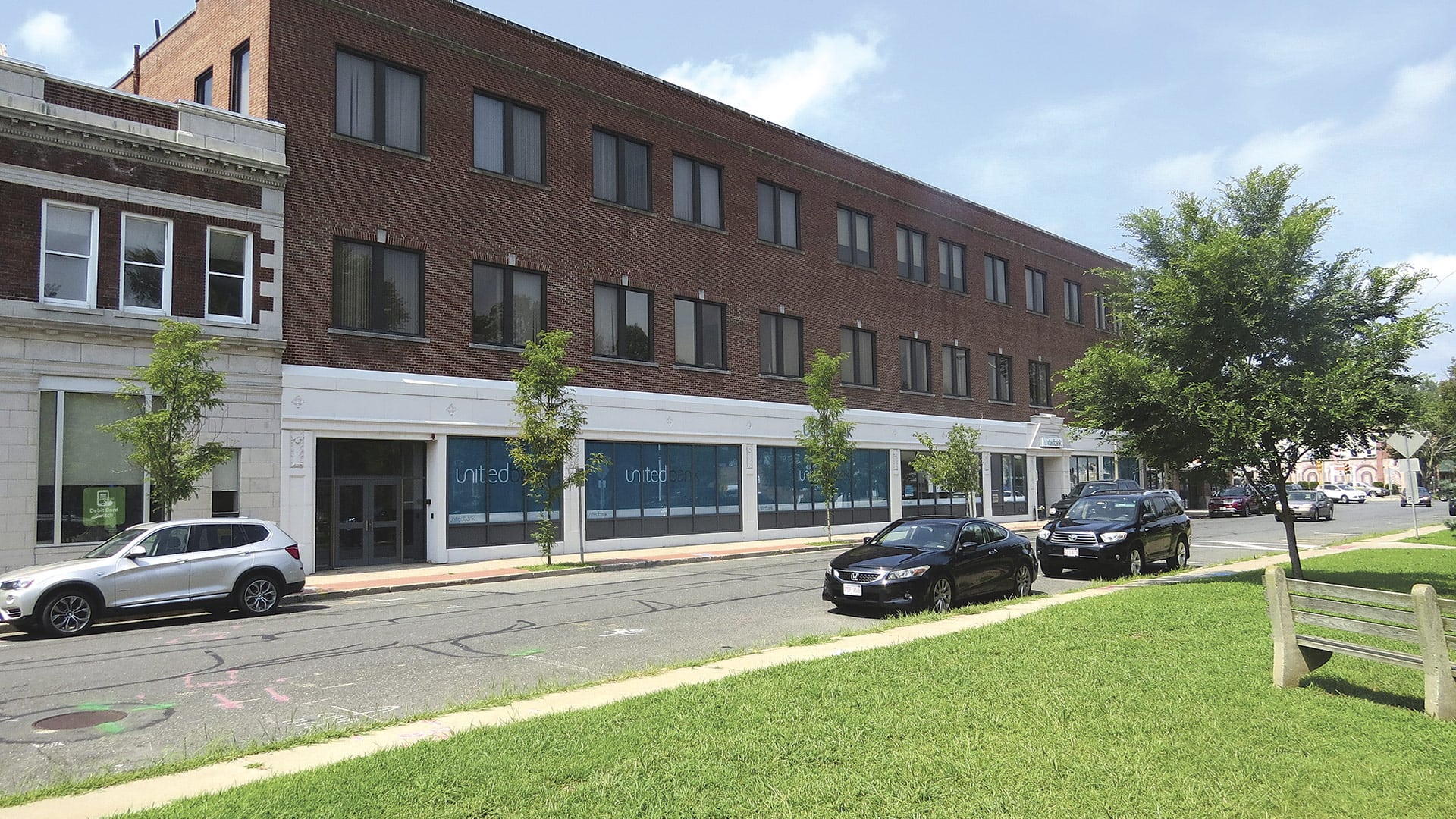Community Spotlight

Margaret Kerswill (left) and Laureen Vizza in front of their Main Street shop, Mutability in Motion.
When Margaret Kerswill talks about her favorite part of the town of Stockbridge, she doesn’t mention a restaurant or the relatively low property-tax rate — she talks about the positive vibe and sense of community in town.
Although Kerswill’s favorite local shop is undoubtably Mutability in Motion, a store she owns with wife Laureen Vizza that sells crafts from more than 50 artisans in the U.S., the first thing she mentioned was the culture of the town.
“That’s the absolute joy of Stockbridge itself,” she said. “You see it in every aspect of Stockbridge, whether you’re just out and about for your daily activities like going to the post office. Doing those normal, daily things, you bump into people all over the place.”
And Kerswill experiences this sense of community in more ways than one. As president of the Stockbridge Chamber of Commerce, she regularly attends meetings and finds that several town residents show up consistently, contradicting the typical stereotype for chambers of commerce.
“It’s a great force in the town,” she said. “The more members we have, the more feedback we get, and the more people who can take part in town meetings. It gives us a bigger voice, and it helps us when we come at this as a collective rather than trying to do all the same things, but as individuals.”
She joined the chamber soon after opening her business in town as an opportunity to be a part of a broader marketing reach, hoping to create relationships with other local businesses in town.
“The chamber has a much broader marketing reach than I might as an individual business,” Kerswill told BusinessWest. “Because of that much broader marketing reach, when the businesses come together and support the chamber, it can reach even further because those member dollars increase our marketing budget and increase our ability to interact with the town.”
When thinking of a small town that relies on tourism to support its economy, one might assume it turns into a ghost town during the winter months. But this is not the case for Stockbridge. In fact, this close-knit town provides plenty of museums, historic sites, and other activities for those who live there and visitors alike, and most don’t close down during the offseason. While summer and spring typically see the most tourism, Stockbridge still has plenty to offer during the other months of the year.
“We are a town that’s open all year long; nobody closes seasonally,” said Kerswill. “All of our shops are independently operated, and they’re all mom-and-pop shops. Everybody carries something you need; we try not to overlap what we sell. We all have different missions.”
Year-round Fun
And these missions all provide different forms of entertainment, 365 days a year.
Barbara Zanetti, executive director of the Stockbridge Chamber of Commerce, noted that, while Stockbridge currently relies on tourism, the chamber is constantly looking for ways to grow the town and slowly move away from that necessity.
“We are a small community with just under 2,000 residents, but we have so much to offer as far as culture,” she said.
Along Main Street alone, one can find the Stockbridge Library, banks and real-estate offices, the Red Lion Inn, St. Paul’s Episcopal Church, the Austen Riggs Center, the Mission House Museum, and many more.
Stockbridge at a glance
Year Incorporated: 1739
Population: 1,947
Area: 23.7 square miles
County: Berkshire
Residential Tax Rate: $10.13
Commercial Tax Rate: $10.13
Median Household Income: $48,571
Median Family Income: $59,556
Type of government: Town Administrator; Open Town Meeting
Largest Employers: Austen Riggs Center; Tanglewood; Red Lion Inn
* Latest information available
Among the most popular is the Norman Rockwell Museum, which celebrates 50 years of exhibits this year. The museum holds the world’s largest and most significant collection of Rockwell art, and provides educational opportunities for those who are interested in learning more about the universal messages of humanity and kindness portrayed in his work.
Another popular destination is Tanglewood, the summer home of the Boston Symphony Orchestra and one of the world’s most beloved music festivals. The 2019 Tanglewood season included everything from performances by the Boston Symphony Orchestra to showcases for up-and-coming artists.
During the warmer months, outdoor activities abound, Kerswill noted, and suggested visitors take a moment to explore nature in and around Stockbridge.
“Bring your kayak up here, get out on the water, and just let your body de-stress for a couple of hours,” she said. “And then take in the surroundings.”
The natural resources, hiking, and beauty of the countryside are a few things that Zanetti says consistently keep people coming to the area, in addition to the arts and cultural aspects that draw a steady flow of visitors.
And though some activities may slow down during the offseason, Kerswill said few close during the colder months. “There’s just this amazing bit of culture that happens. Whether you live here or whether you’re visiting, you will find something regardless of the time of year.”
Best of Both Worlds
While Stockbridge has the feel of being in the countryside, Kerswill says anything a person could need is only a short drive away.
“We like the small-town New England feel, but you’re also not too far from all the conveniences you need,” she said. “It’s like this illusion of living in the country, but you’re surrounded by everything you need, so nothing is really inconvenient.”
All it takes, she said, is a little bit of research to find a plethora of activities to explore in town.
“I think, unless people really get to know the town, they don’t really realize just how much there is here,” she said. “It’s the best of both worlds, for sure.”
Kayla Ebner can be reached at [email protected]














